Bushfires in Australia are wildfires common throughout Australia due in part to the country’s hot and dry climate. Many wildfires start in the remote countryside known to Australians as the bush. Bushfires can be extremely destructive, especially if they reach urban areas. The fires damage forests and farmland and can lead to many deaths and much loss of property.
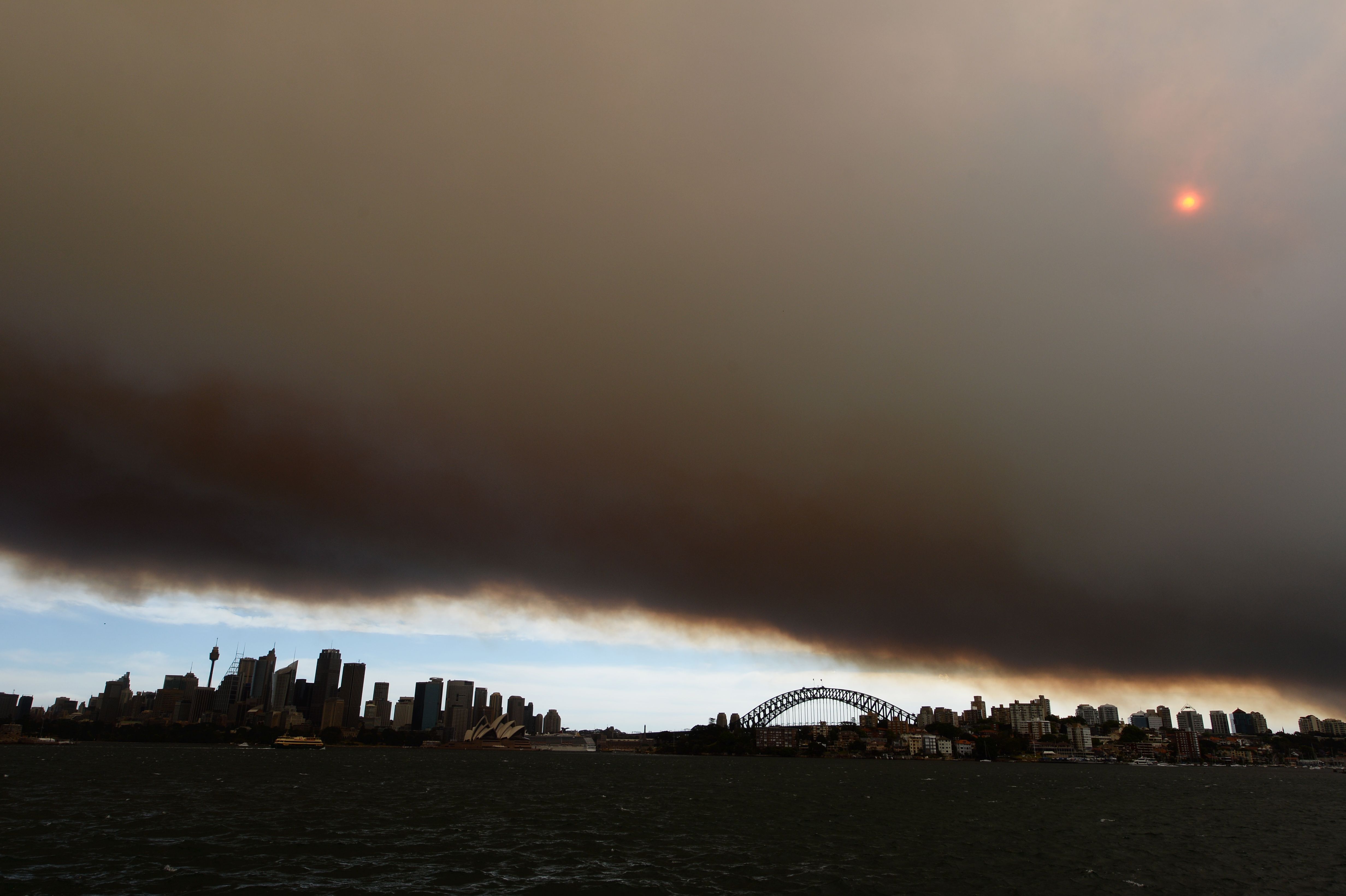
Despite the dangers posed by bushfires, planned or controlled fires are regularly lit for the benefit of the environment. Small occasional fires can rid an area of underbrush. If an area goes unburned for a long time, the accumulated underbrush can fuel a much larger fire. In addition, some plants have incorporated periodic fires into their reproductive cycles. The seed pods of these plants only open when heated by a bushfire. Following a bushfire, the surviving plants are able to flourish due to the reduced competition for light and nutrients. The ash left after a bushfire is rich in nutrients and can make for fertile soil, helping the surviving plants repopulate the area.
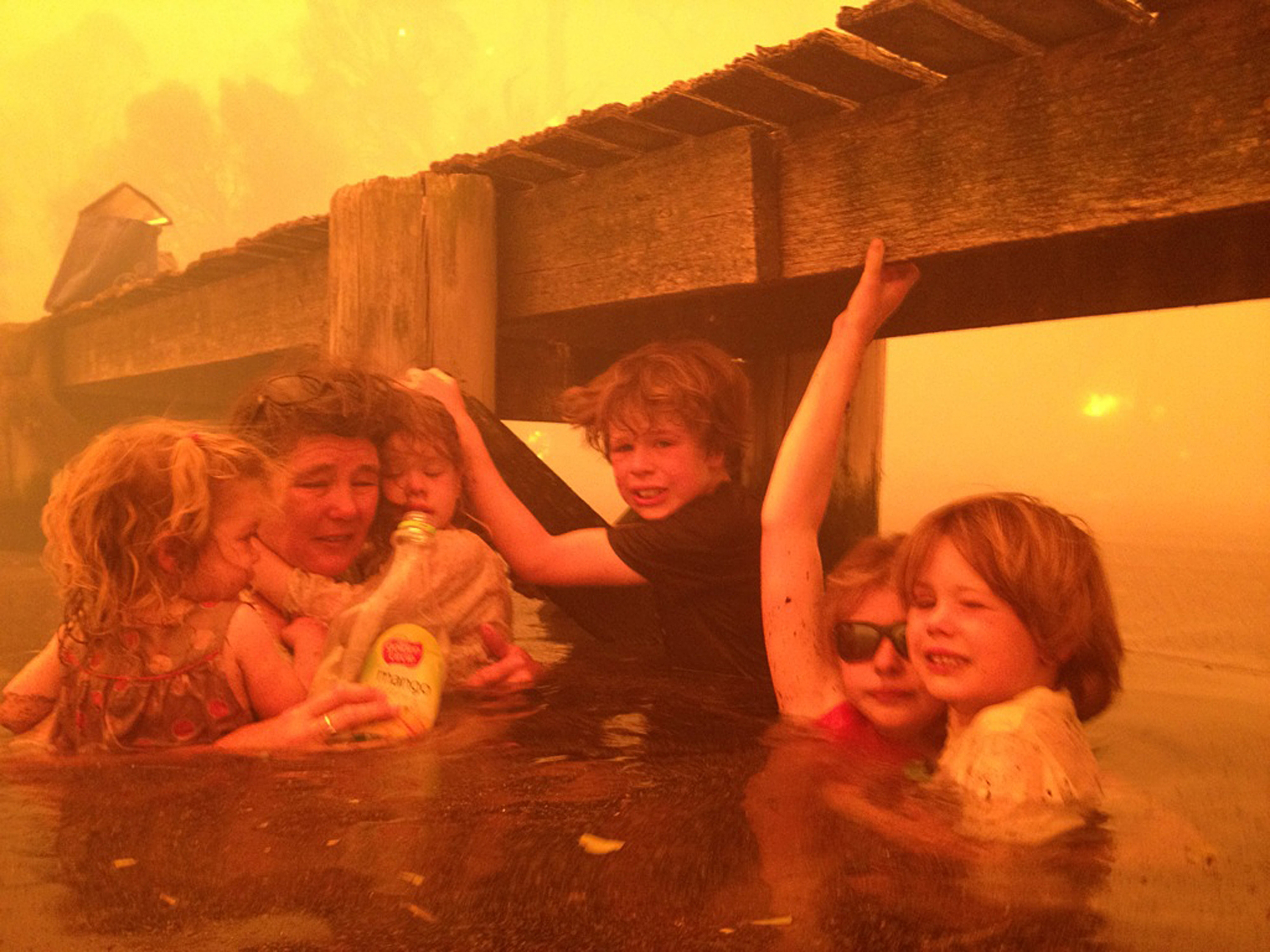
Where bushfires occur.
Bushfires affect from 75 million to 170 million acres (30 million to 70 million hectares) of land in Australia each year. The majority of these bushfires occur north of the Tropic of Capricorn, which runs through northern Australia. Most of these fires take place in the dry season, which runs roughly from April to November. In northern Australia, bushfires typically occur in savannah woodlands and hilly grasslands. Fires in such settings are generally not that deadly because the areas are lightly populated. 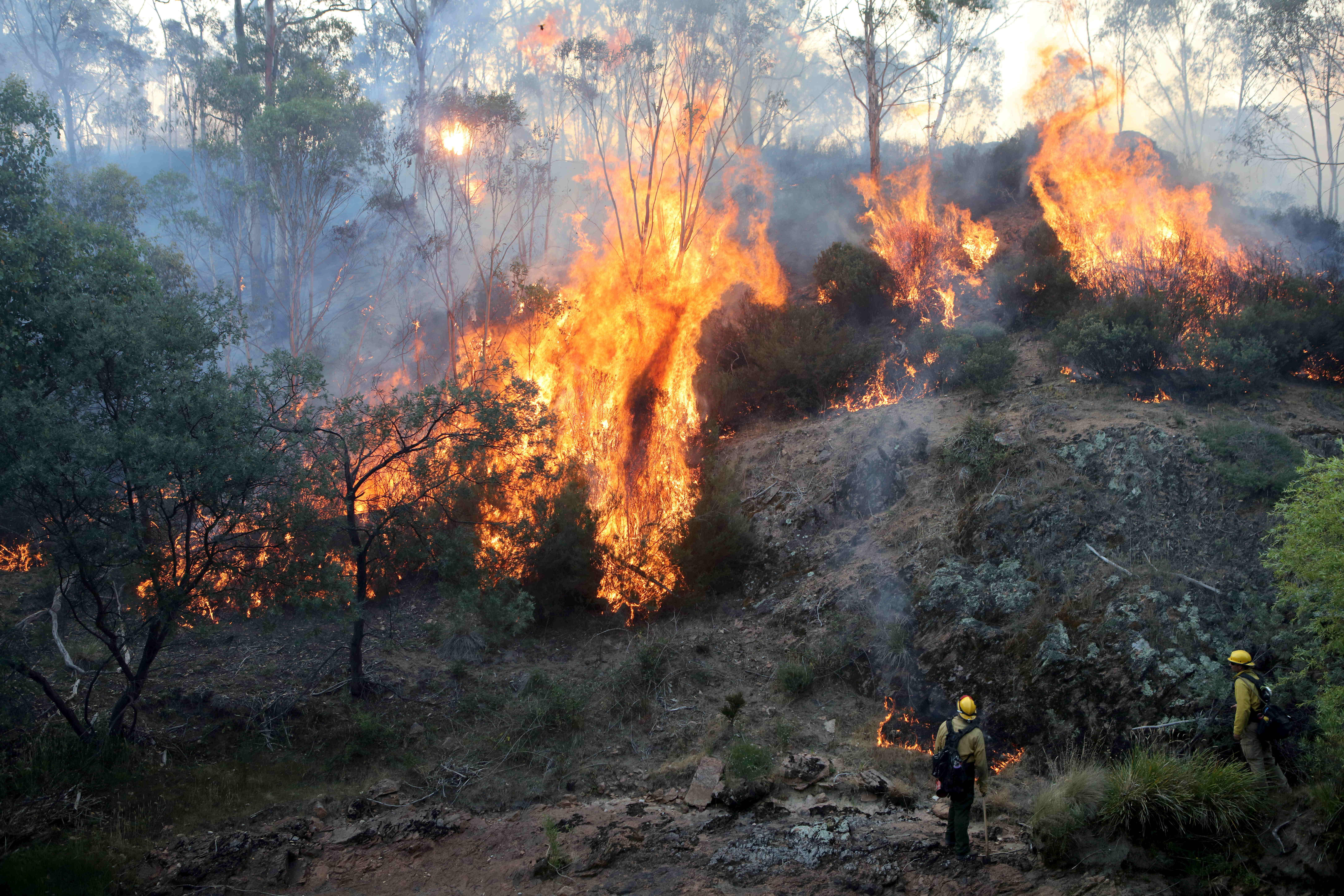
In southern Australia, bushfires typically occur between December and March. These fires generally start in mountain forests. Large fires in southern Australia can be extremely destructive, especially in areas close to human settlement.
Causes of bushfires.
Australia’s climate is generally hot and dry, and droughts (periods of low rainfall) are common. These conditions, combined with high winds, often allow for fires to spread rapidly. Periods of heavy rainfall can cause rapid vegetation growth. When the wet period ends and dry conditions return, the new growth can dry out and provide fuel for bushfires. Many of Australia’s native plants are extremely flammable. Eucalyptus trees, for example, contain an oil that can heat up and burst into flames before a bushfire reaches a tree.
Lightning strikes cause some bushfires. Many other fires are caused by human beings. Some bushfires start at rural camping areas, where campfires can spread out of control. Carelessness with matches and cigarettes can also cause small fires that quickly grow out of control.
In the 2010’s, prolonged drought conditions and periods of record high temperatures extended the duration and severity of Australia’s bushfires. Most scientists believed climate change was the driving force behind these conditions. They pointed to the bushfires as an example of how climate change can increase the scale of natural disasters.
Some major Australian bushfires.
This section describes some of the most destructive bushfires in Australia’s history.
Black Thursday (1851).
The largest bushfire in Australia’s recorded history occurred in February 1851 in what is now Victoria. (Victoria was part of New South Wales before July 1851.) Conditions leading up to the start of the fire were especially hot and dry. The fire ultimately affected about 12 million acres (5 million hectares) of land and killed 12 people. The fire reached its height on Thursday, February 6. The day is remembered as Black Thursday.
Black Sunday (1926).
In February and early March 1926, fires spread through large areas of the Gippsland region in eastern Victoria, killing 60 people. The fires burned an estimated 988,000 acres (400,000 hectares) of land. On Sunday, February 14, some 31 people died in Warburton, near Melbourne. The day became known as Black Sunday.
Black Friday (1939).
In December 1938 and January 1939, drought conditions, high temperatures, and strong winds helped fuel fires that raged through bush communities in Victoria. Residents attempted to perform controlled burns (monitored burning of dead vegetation) to eliminate fuel for the approaching fires. However, the controlled burns grew out of control and contributed to the disaster.
Ultimately, the fires burned some 3.7 million to 4.9 million acres (1.5 million to 2 million hectares) of land. Some 71 people died in the fires, which were most severe on Friday, January 13—a day remembered as Black Friday. Following the bushfires of 1938 and 1939, the Australian government increased its fire prevention and fire awareness programs. 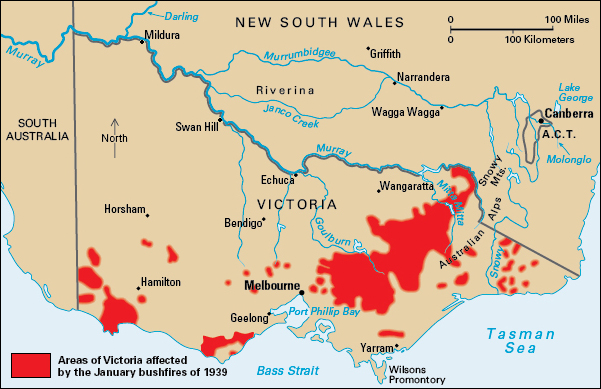
Black Tuesday (1967).
In 1967, following a wet spring and heavy vegetation growth, forest floors in Tasmania were covered with fuel for bushfires. By Tuesday, February 7—Black Tuesday—more than 100 fires were burning across southern Tasmania. Some 62 people died in the fires, which spread dangerously close to central Hobart, Tasmania’s capital. The fires burned some 653,000 acres (264,000 hectares) of land.
Ash Wednesday (1983).
Destructive bushfires broke out in South Australia and Victoria in February 1983. Strong winds and high temperatures, combined with a months-long drought, led to highly dangerous conditions.
About 180 fires started on Wednesday, February 16, a day remembered as Ash Wednesday. Some fires were caused by tree branches striking power lines. Other fires were deliberately set by people. Areas around Adelaide, South Australia, and Melbourne, Victoria, were particularly hard hit. The fires killed 75 people and burned more than 1 million (404,000 hectares) of land.
Black Saturday (2009).
The deadliest bushfires in Australian history took place in southeastern Victoria in February 2009. An intense drought, record-high temperatures, and strong winds contributed to the deadly conditions, which sparked hundreds of bushfires. Most of the fires caused little damage, but several grew rapidly, burning 1.1 million acres (450,000 hectares) of land. The fires destroyed entire towns and killed 173 people. They were most severe on Saturday, February 7, or Black Saturday. Officials determined that some of the fires were caused by faulty electrical equipment, and others were deliberately set. 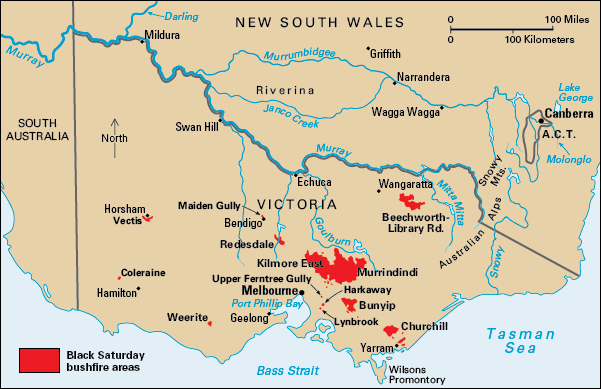

Blue Mountains bushfires (2013).
Following an extremely dry September, a series of bushfires burned across New South Wales in late October and early November 2013. Some of the worst fires occurred in the Blue Mountains west of Sydney, the state capital. Experts believe some of the fires started when wind gusts knocked down trees that came into contact with power lines. Fanned by high winds, the fires burned across some 291,000 acres (118,000 hectares) of land. Two people died in the fires, which destroyed more than 200 dwellings and other buildings and damaged hundreds of other structures.
Bushfires of 2019-2020.
During the bushfire season of 2019 to 2020, fires burned more than 46 million acres (18 million hectares) of land in Australia. Major bushfires devastated eastern Australia from September 2019 into early 2020. These fires—mostly in New South Wales, Queensland, and Victoria—killed more than 30 people and destroyed more than 3,000 homes. They also killed hundreds of millions of animals. Many people in eastern Australia were left without electric power and telecommunications, and some lacked drinking water and other supplies. Smoke obscured the skies of Canberra, Melbourne, and Sydney. 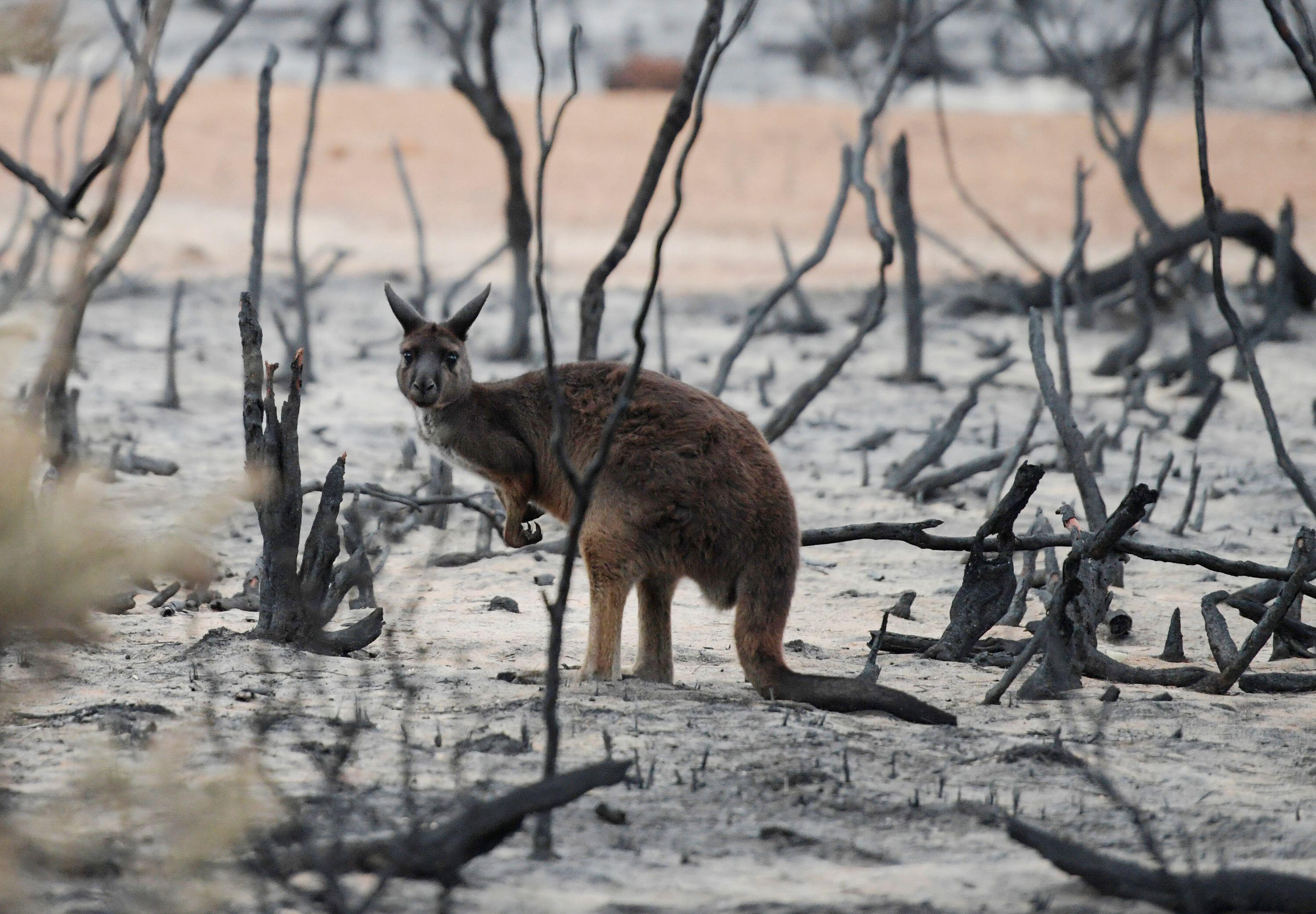
The bushfires followed a three-year drought that experts linked to climate change. In Australia, it is normal for wildfires to burn large areas of sparsely settled scrub land in such regions as the Northern Territory. However, the bushfires of 2019-2020 were particularly destructive because they swept through large regions of forestland, farms, and towns in eastern Australia. 
